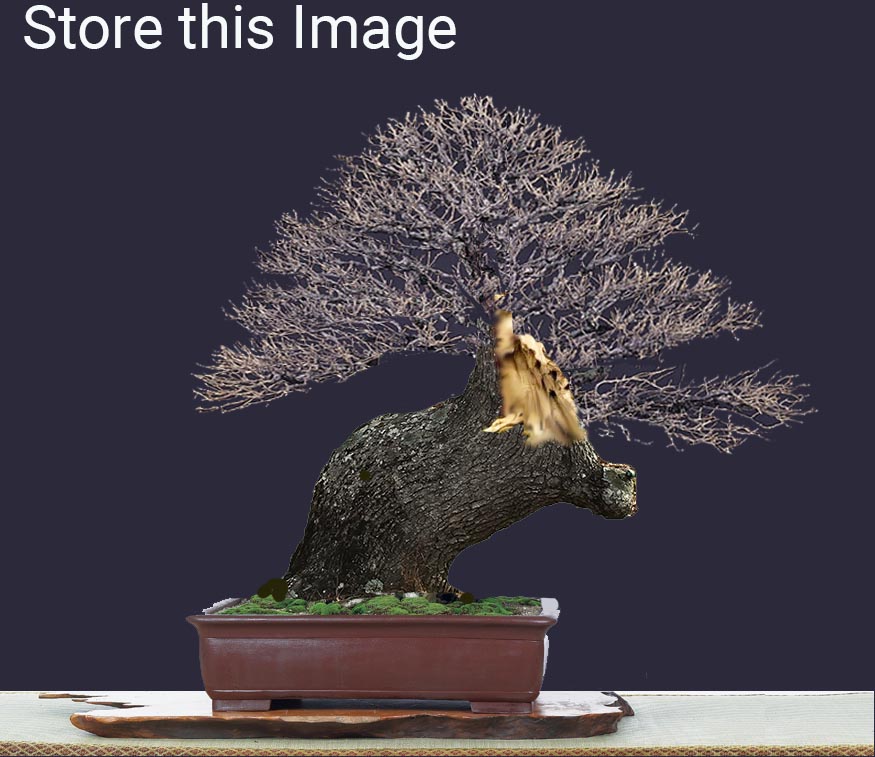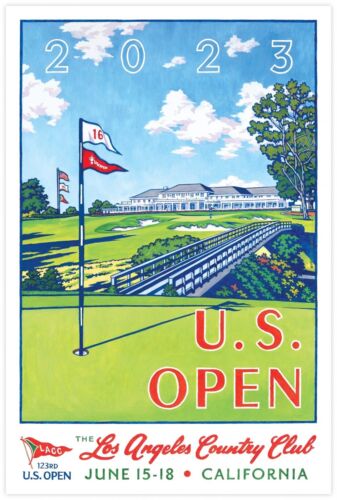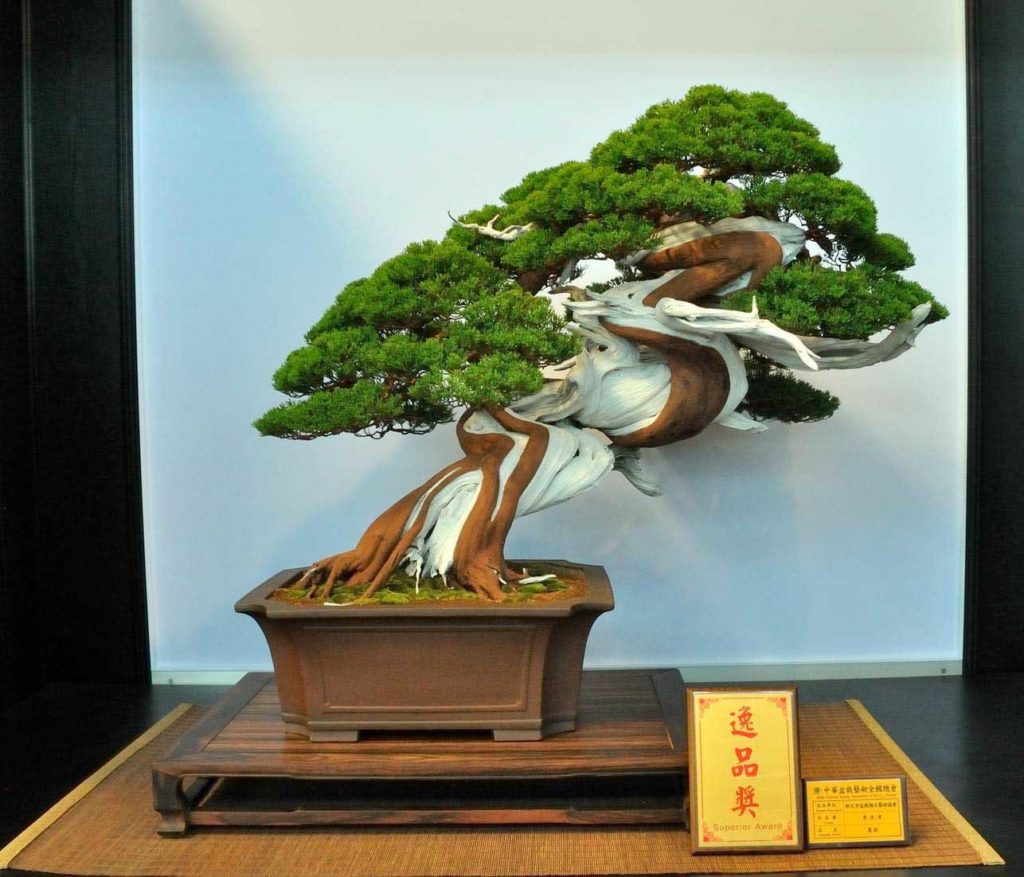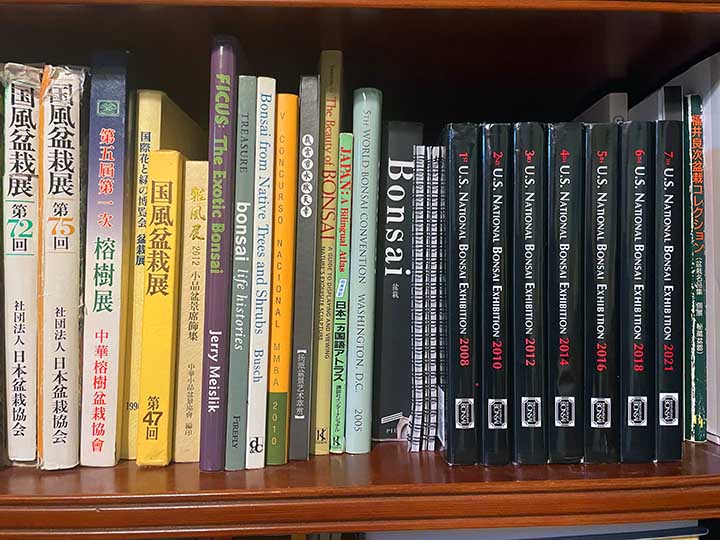Parsing Your Visual Knowledge Database

Designing a bonsai requires a design goal. Developing that design goal takes a variety of skills, one being creativity, another an understanding of the art of the possible and finally an ability to tap a visual knowledge database. Creativity depends on an open mind and willingness to experiment. The art of the possible requires an understanding of your subject matter, i.e. trees, and how they can be shaped and live once shaped. The visual knowledge database contains a stock of reference images stored inside your cranium. While the three factors play a key role in designing bonsai, let’s focus on the last item, the visual knowledge database.
The average adult human brain can store the equivalent of 2.5 million gigabytes of digital memory. The biggest mechanical hard drive to date can only store 10,000 gigabytes so there is a lot of data inside our brains. The exact amount of that data the brain converts to years of memories is not known; however, scientists estimate humans have a base memory of 450 years. If we could only live that long. It does mean that with proper retrieval though the brain can hold lots of memories

Inside that vast store of memories are visual images. Some of us that are visually oriented, such as bonsai artists, might retain more images than others. Others might capture feelings, vocabulary, smells, or sounds. Regardless, those visual signals resting in our synapses can have a significant impact on bonsai design.
There is a well known and, in my opinion, the best bonsai artist in the USA that appears to have internalized a vast visual database of bonsai. When he styles a tree he can parse all the visual data in his brain and then apply it to his subject almost effortlessly. He doesn’t vocalize much as he does it, yet codifies the design as “looks good” or “no look good.” And his designs look good, great actually. How does he know what looks good and what doesn’t? His brain must have a huge store of visual data and he has organized it in a manner to retrieve it for use. The knowledge of all those trees condensed and applied to the current tree under work enables him to see the tree in the future. This is a critical step in bonsai design for rarely is an initially styled tree the final product. The tree has to grow into the design and here is where the visual database enables one to see the future.

To get to this level one needs two tools: a visual database of images and a means to probe and organize that database.
How to develop a visual database? Access to trees is all it takes along with a discerning eye to study their details. For example, this weekend is the US Open and the USGA posted a video of the making of their poster for the tournament at the Los Angles Country Club. The artist, Lee Wybranski, spent days walking the golf course absorbing and photographing sights and views of the course. He said he then condensed those memories and pictures into an original yet iconic view of the clubhouse and the unique double flag golf pins.

As with the development of this poster, it is best to see trees in person for bonsai occupy three-dimensional space. When viewing the actual tree you can subtly move your head to see the depth and nuance of branch shape and motion. You have to visit gardens, shows and exhibitions to see the trees in person. Also visit the forests, and natural and even urban areas for non-bonsai inspiration. Unfortunately, this can take effort and time.
Photographs make a decent substitute for travel. The Internet has millions of files of bonsai shows and events. Commemorative exhibition photo books offer a suitable alternative as these contain images of tree preselected to be “good” bonsai. Just remember these are two-dimensional representations of the trees and some of the physical impact will be lost. Nonetheless, every bonsai artist should have a few albums on their bookshelf to study occasionally to refresh the visual memory. Also obtain books of images of full-size trees from nature as these can ground bonsai design goals with reality and help expand the understanding of the realm of the possible.

